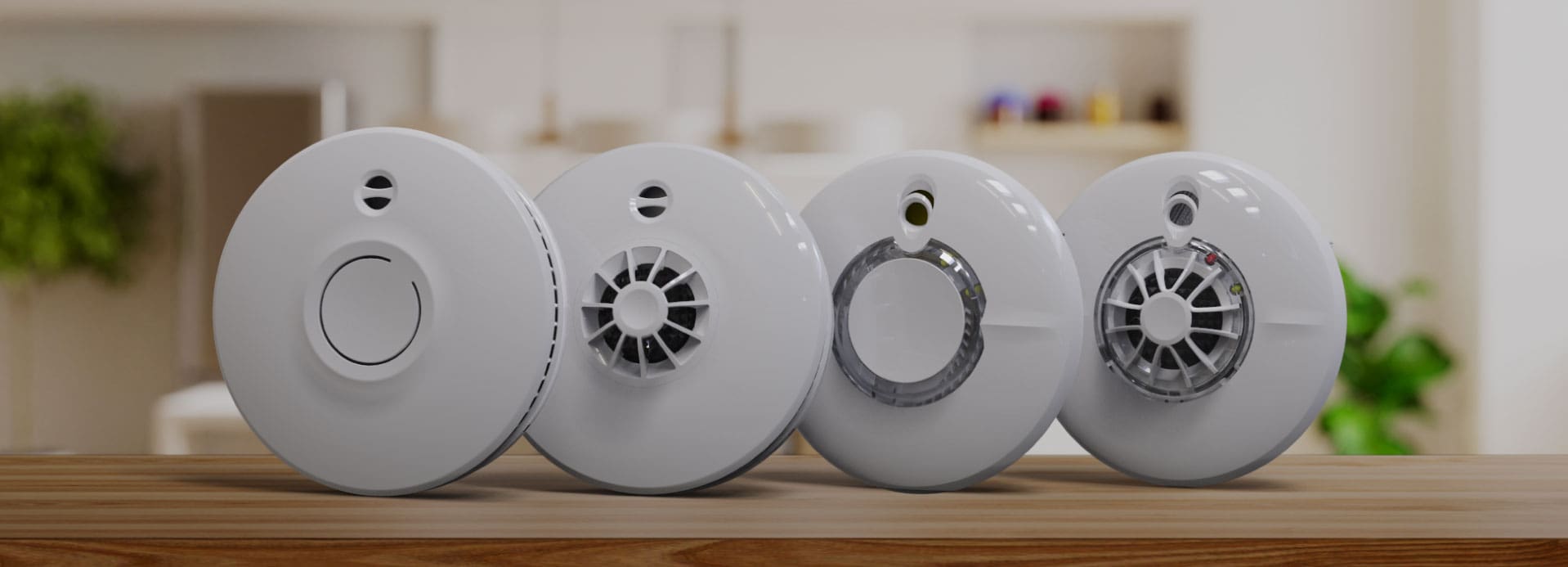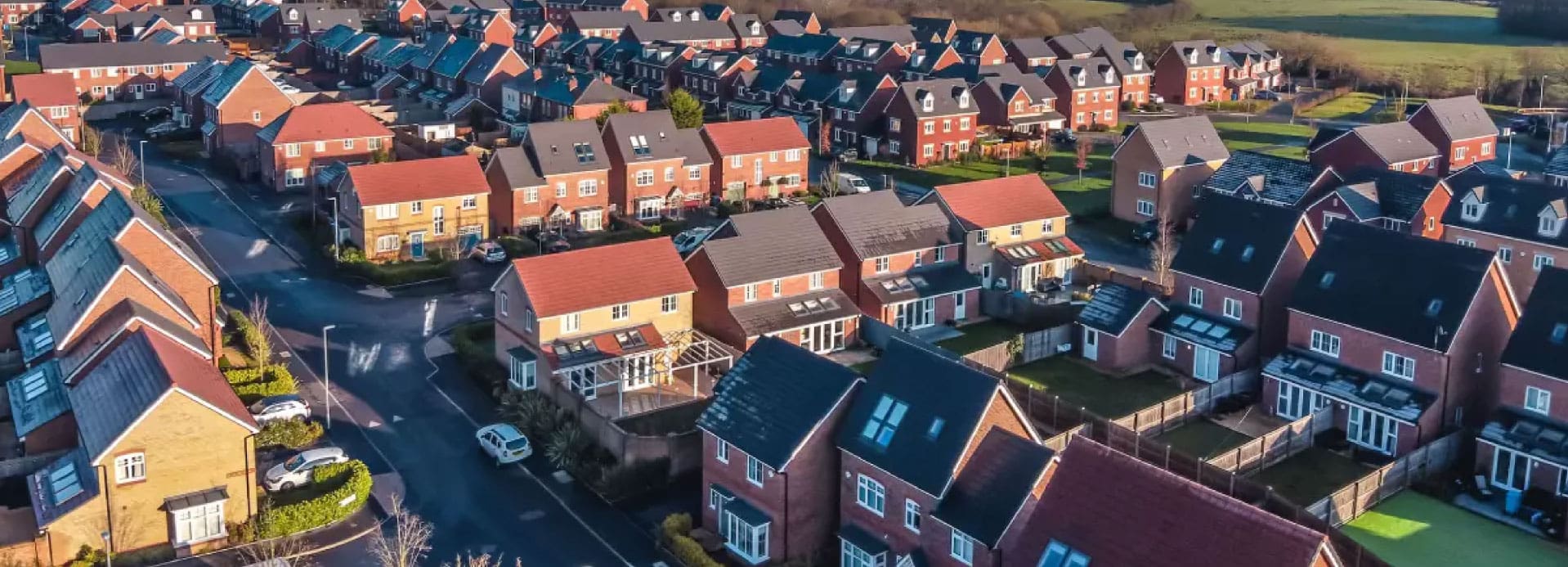Are you a
Homeowner?Are you a
Homeowner?This guide covers the BS 5839-6 smoke alarm new build regulations, minimum alarm numbers, placement rules, interlinking requirements, and the importance of heat alarm kitchen regulations. It also explains devolved nation variations, power supply types, and why going beyond the minimum can enhance safety and long-term reliability.
In the UK, fire alarm requirements for new builds are shaped by both Building Regulations and BS 5839-6 — the British Standard for domestic fire detection and alarm systems.
England & Wales
Building Regulations Approved Document B (Fire Safety) states that all new dwellings must have:
Scotland
Since February 2022, all homes including new builds must have:
Northern Ireland
Building Regulations Technical Booklet E requires:
Tip for installers: BS 5839-6 is not itself law, but it is referenced as best practice in all UK nations and is the benchmark for Building Control approval.

Under BS 5839-6 smoke alarm new build guidance for Category LD2 systems, alarms must be installed in circulation spaces and high-risk rooms.
Storey-level coverage
Number of smoke alarms per storey new build: At least one smoke alarm is required for every storey used for living purposes, including basements and loft conversions.
Habitable and circulation zones
Install smoke alarms:
Heat alarms should be installed in kitchens to prevent nuisance alarms from cooking.
Positioning rules:
In domestic new builds, alarms must meet Grade D1 or D2 under BS 5839-6.
Grade D1 system new build: Mains-powered alarms with a tamper-proof, sealed, rechargeable battery backup (10-year lifespan).
Grade D2 system new build: Mains-powered alarms with user-replaceable battery backup.
Most new build projects opt for Grade D1 for reduced maintenance and compliance longevity.
LD2 (common in new builds): Smoke alarms in circulation areas and high-risk rooms (e.g. living rooms), plus heat alarms in kitchens.
LD3 (minimum in some small dwellings): Smoke alarms in circulation areas only, not recommended where LD2 can be achieved.

Heat alarm kitchen regulations require:
Why they’re important:
Why interlinked smoke alarms matter
If one alarm detects danger, all connected alarms sound simultaneously critical for alerting occupants throughout a property.
Regulate interlinked alarms new homes requirements differ slightly by region, but all new multi-storey dwellings in the UK require them.
Power options
Mains-powered: Preferred for new builds; connect to a local lighting circuit with battery backup.
Battery-only: Sealed, long-life lithium battery units are typically used for retrofits, not new builds.
Hard-wired: Reliable and Building Control-friendly.
Wireless (radio-link): Ideal where wiring routes are impractical.
While regulations set a baseline, many trade professionals choose to exceed them to offer clients greater safety and value.
Upgrade options:
Going beyond minimum compliance can be a selling point for your projects, especially for landlords and housing developers seeking long-term peace of mind.
If you can't find what your looking for on our blogs and looking for further guidance and advice, our UK-based Customer Support team are on hand all week from 8:30am until 5:30pm, they can answer any further queries you may have on our products, solutions or services.